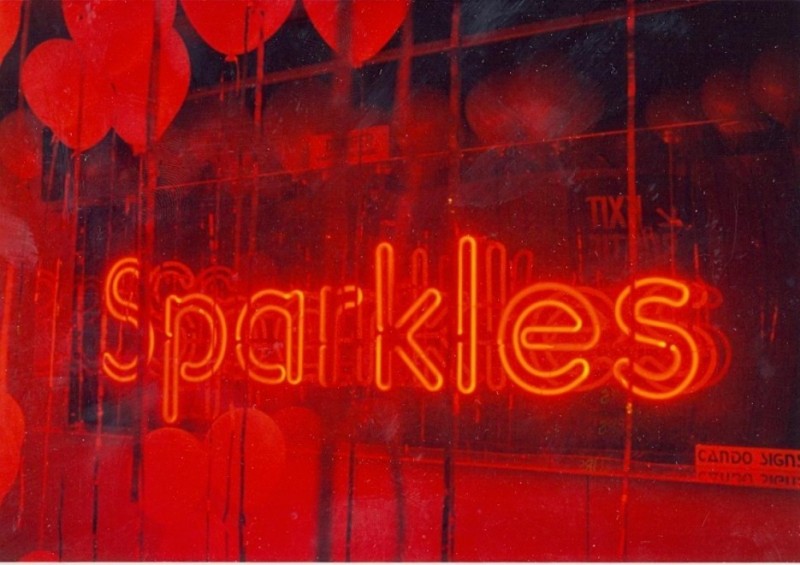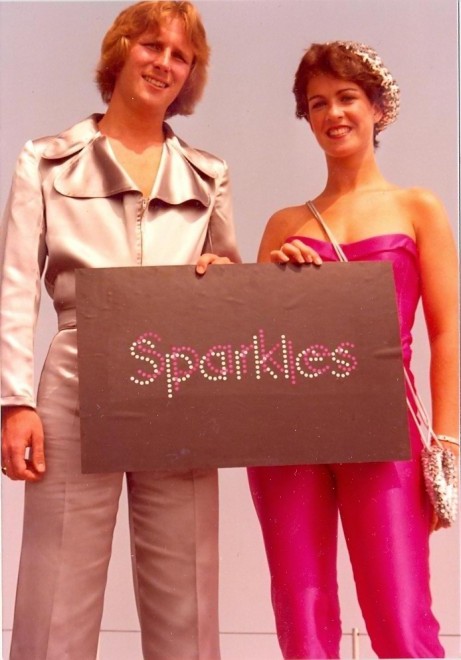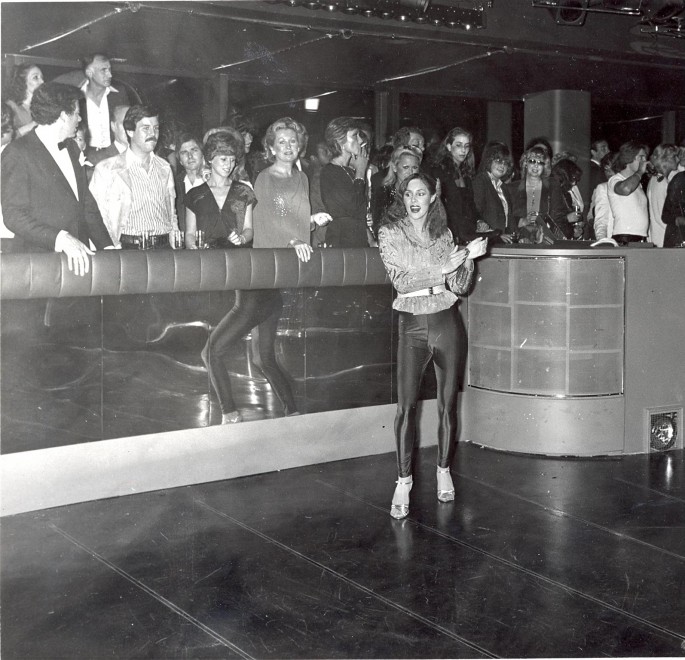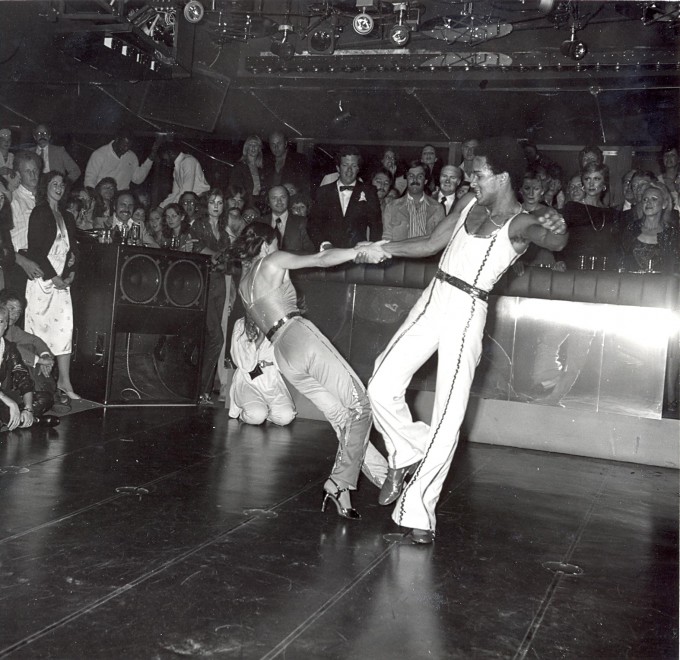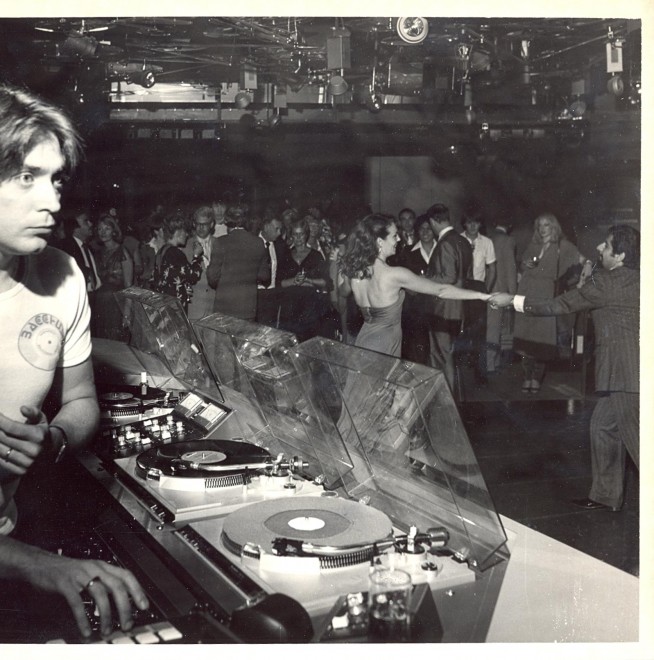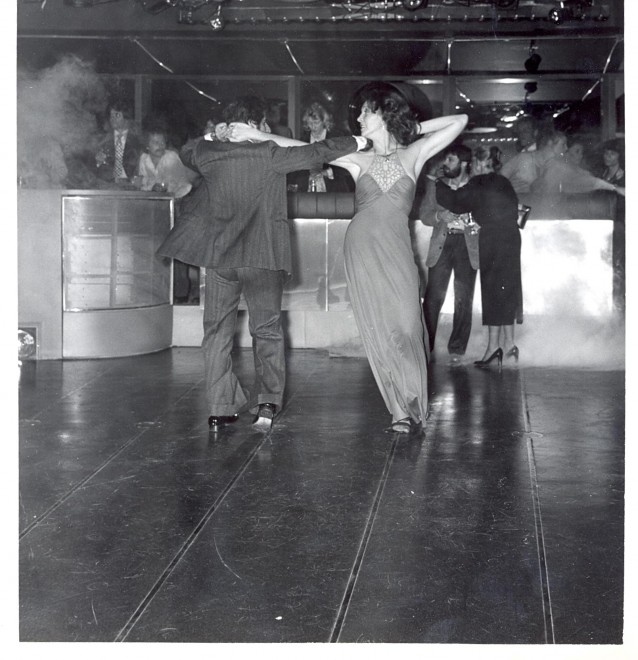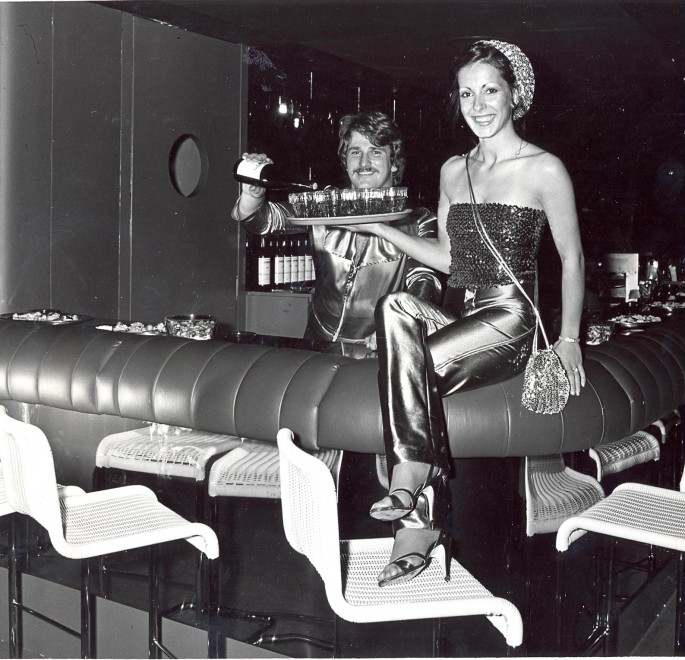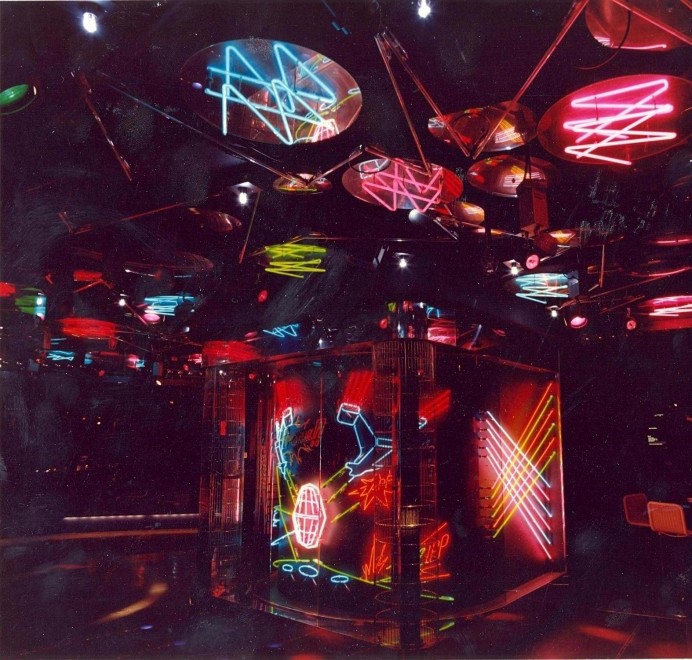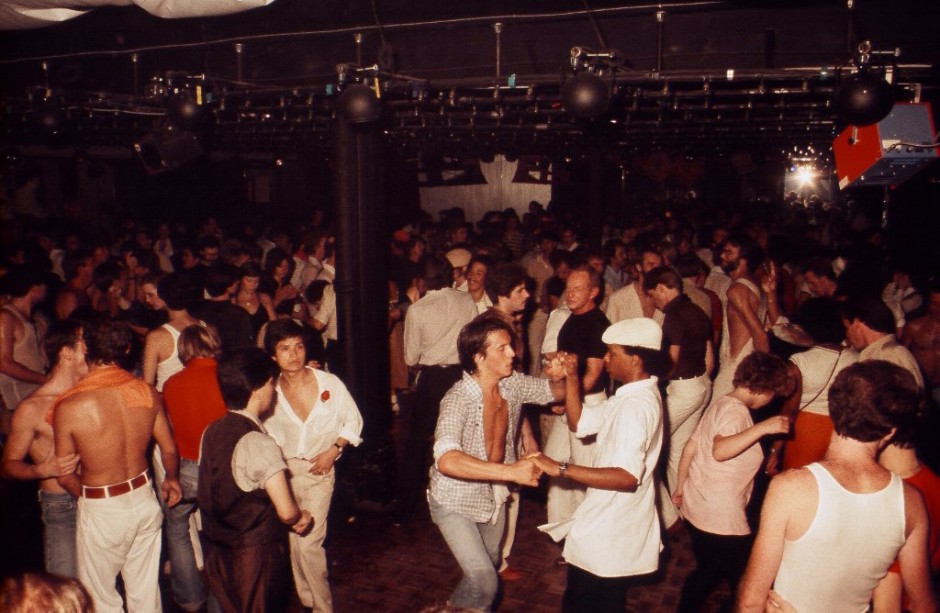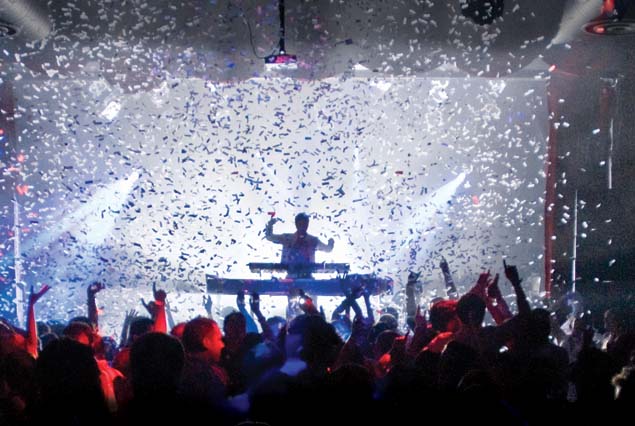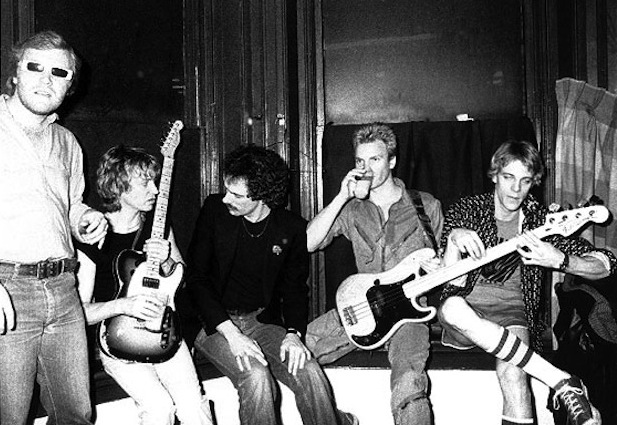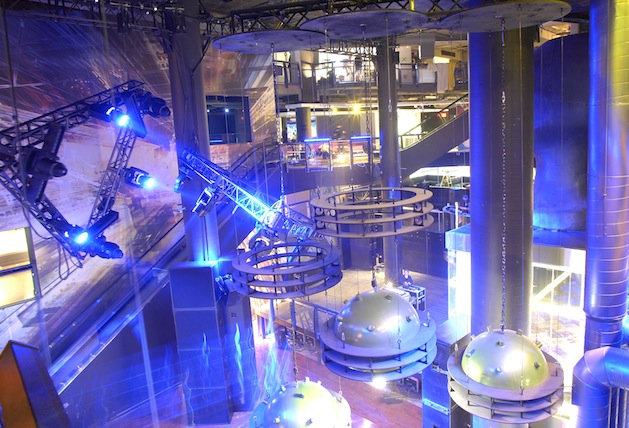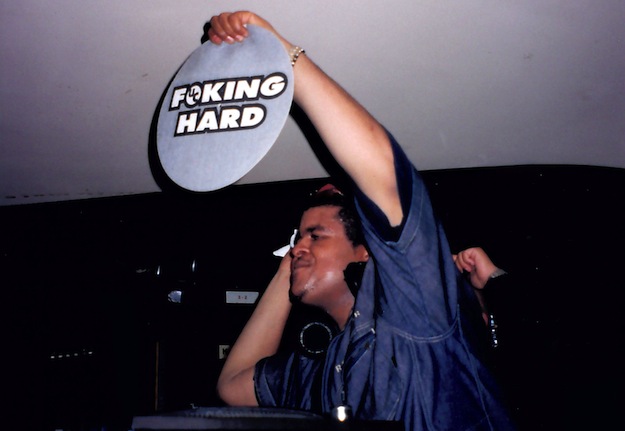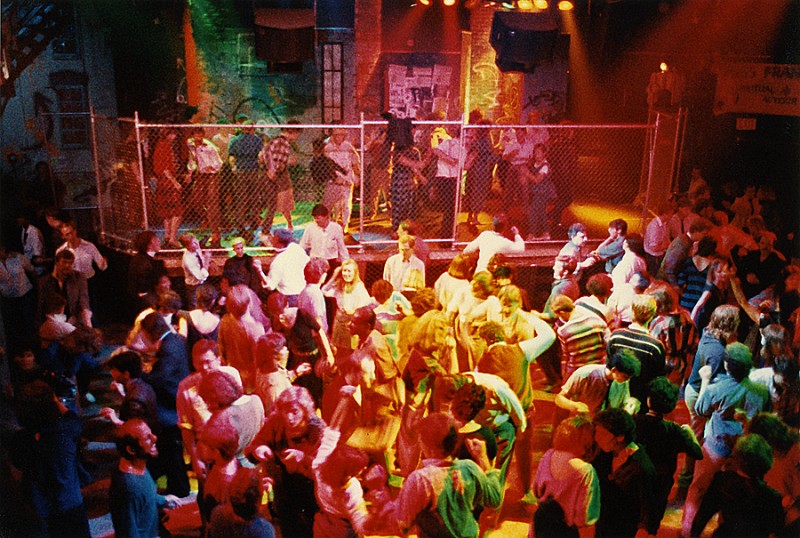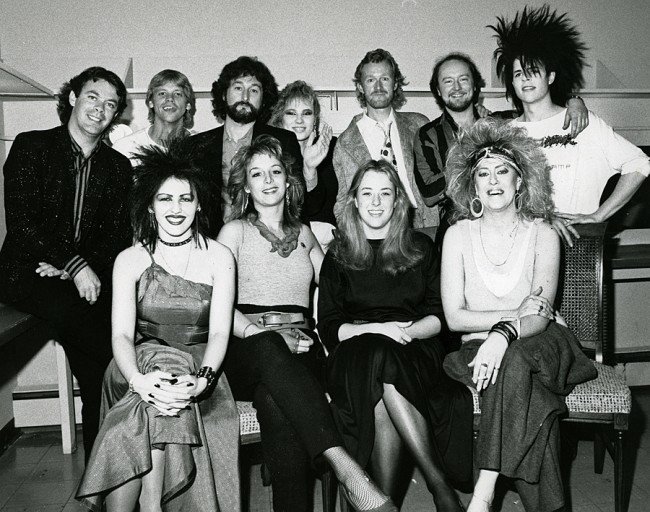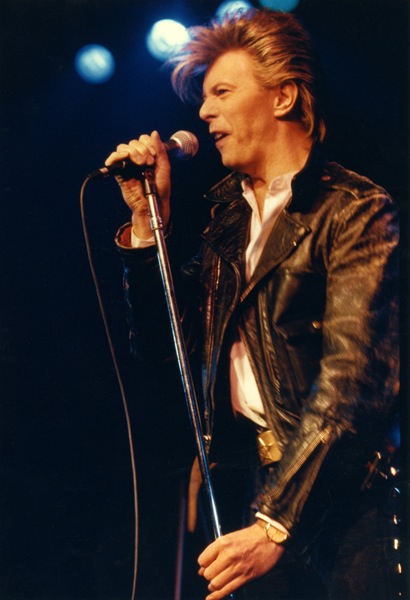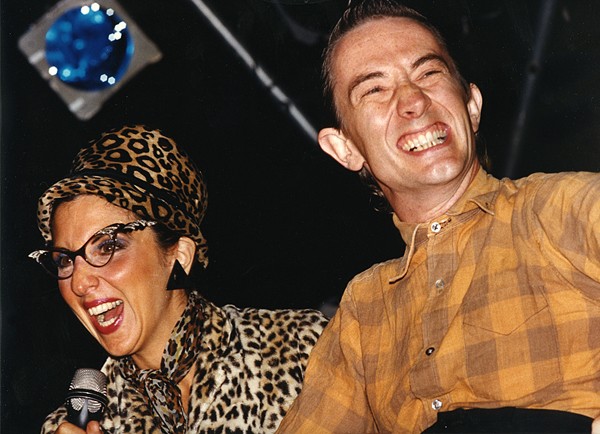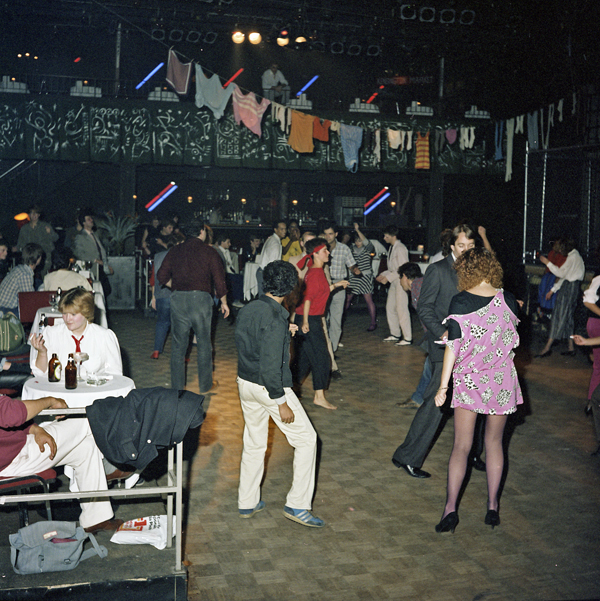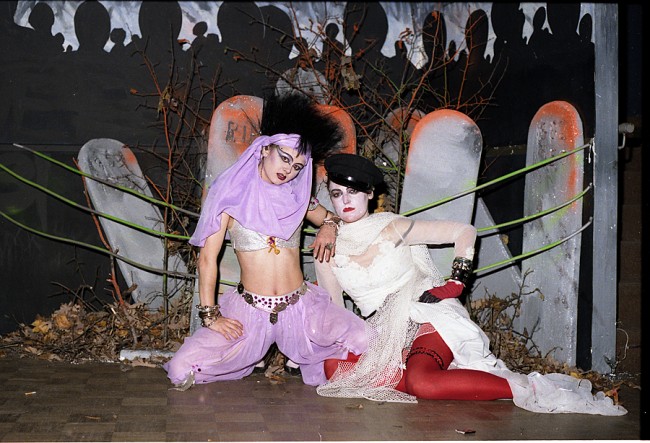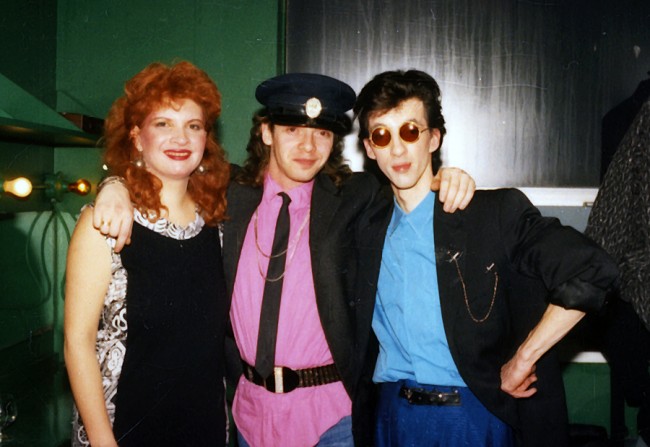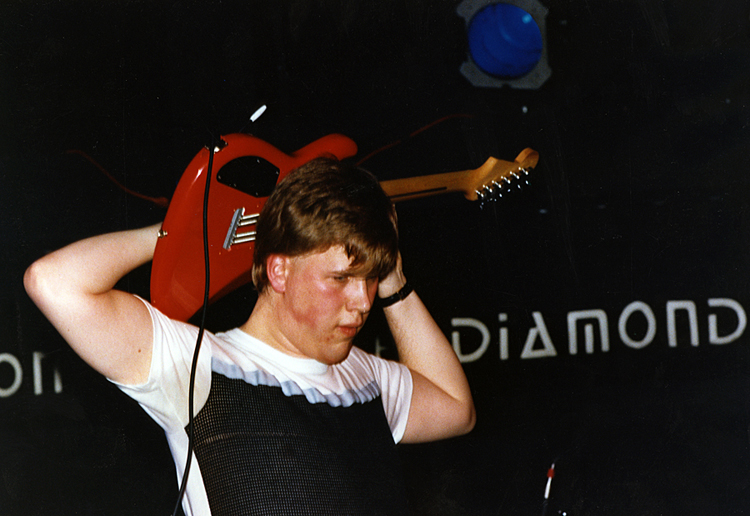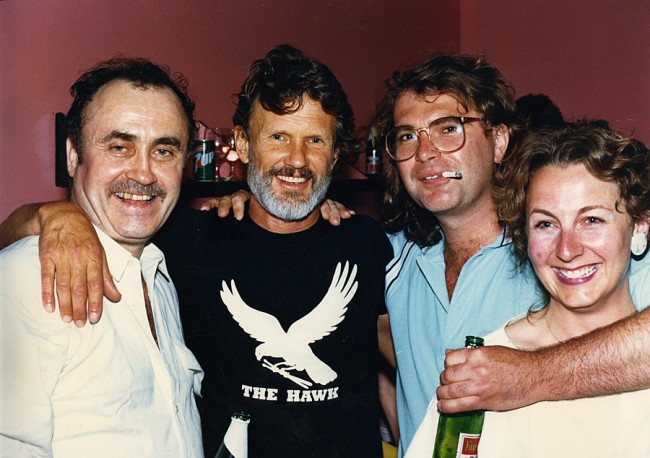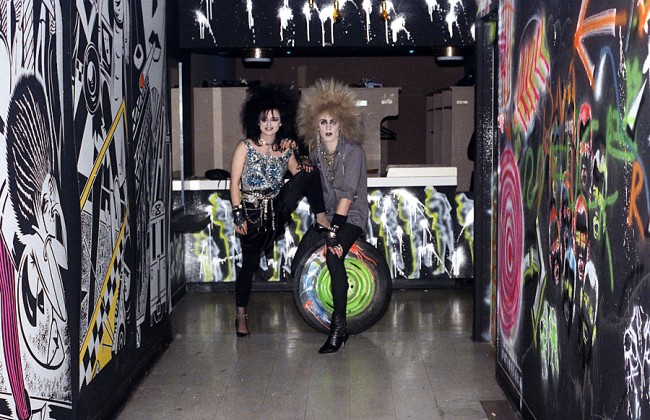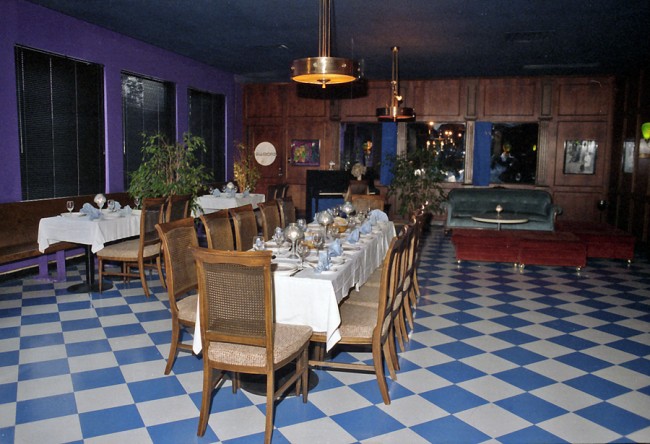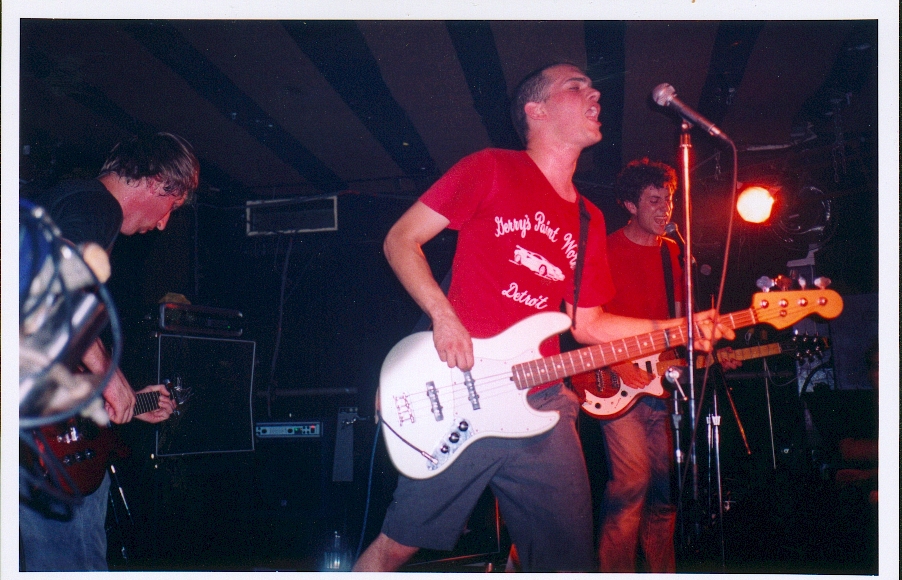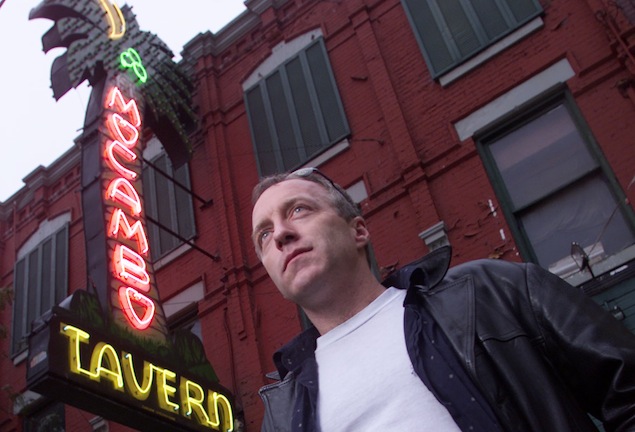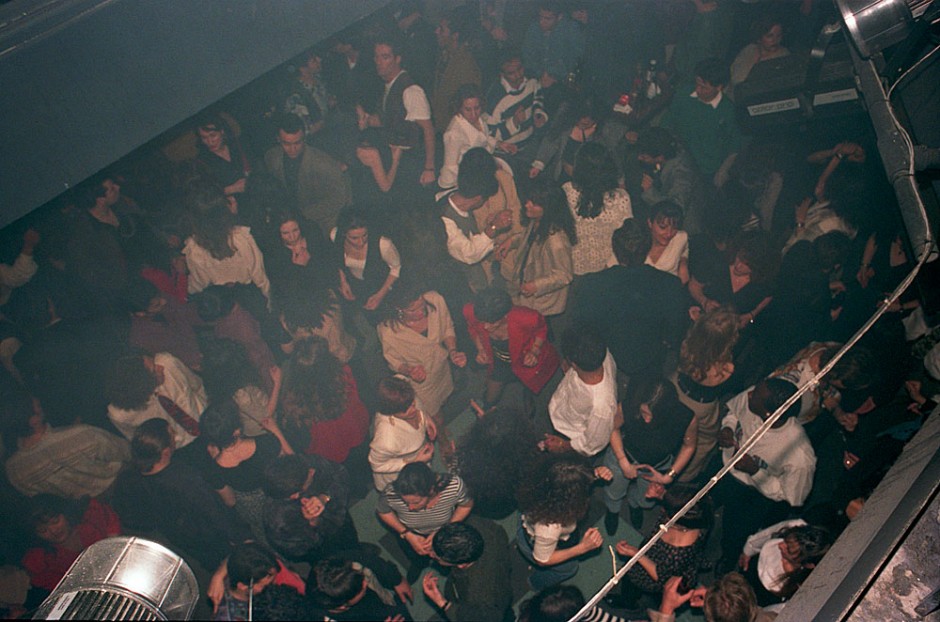All photos in the gallery courtesy of the CN Tower Archives.
Article originally published December 21, 2012 by The Grid online (thegridto.com).
In this edition of Then & Now, we travel back three decades—and up 1,100 feet—to revisit the CN Tower’s beloved in-house discotheque.
BY: DENISE BENSON
Club: Sparkles, 301 Front St. W.
Years in operation: 1979-1991
History: When the construction of Toronto’s iconic CN Tower began in February of 1973, few would have imagined it filled with strobe lights and spandex. The Canadian National Railroad’s Tower would be an impressive engineering feat, serving as both tourist attraction and a communications boon for radio and television broadcasters seeking a taller building on which to place transmitters for stronger signals.
The CN Tower opened to the public in June 26, 1976. At that time, the surrounding area was far from dense or residential. The north side of Front Street was largely parking lots, the Metro Toronto Convention Centre had not been built, nor had the SkyDome (now Rogers Centre). In fact, one accessed the Tower by walking through a pedestrian bridge—starting from where Rogers Centre is now—that crossed over sets of train tracks. There was a reflecting pool at the Tower’s base, and fields nearby.
In 1979, to coincide with the Tower’s third anniversary, one-third of the indoor observation level was developed into a discothèque. The goal was to attract diverse evening crowds to this floor, which lay below the Tower’s rotating 360 Restaurant and above the outdoor observation deck.

